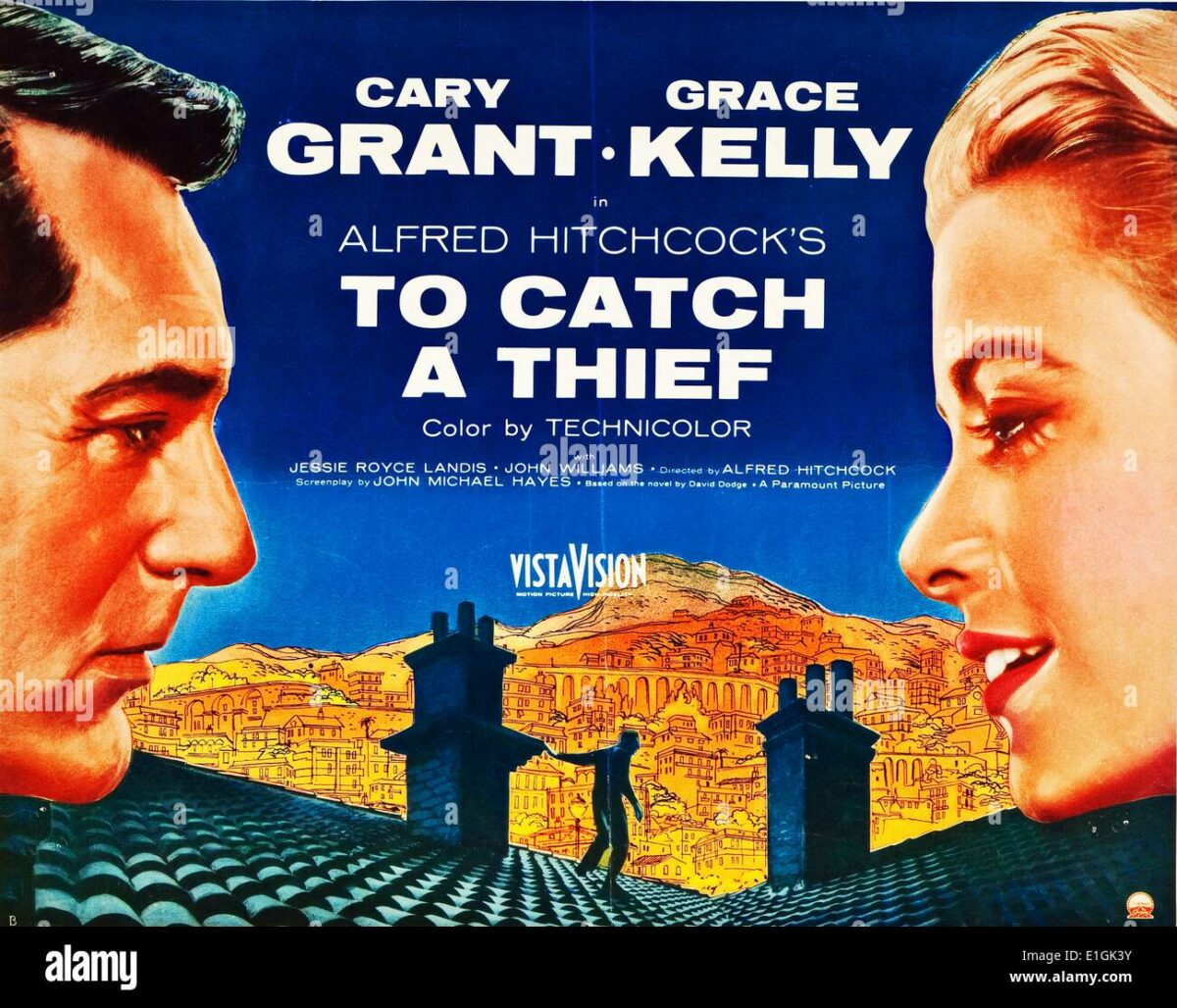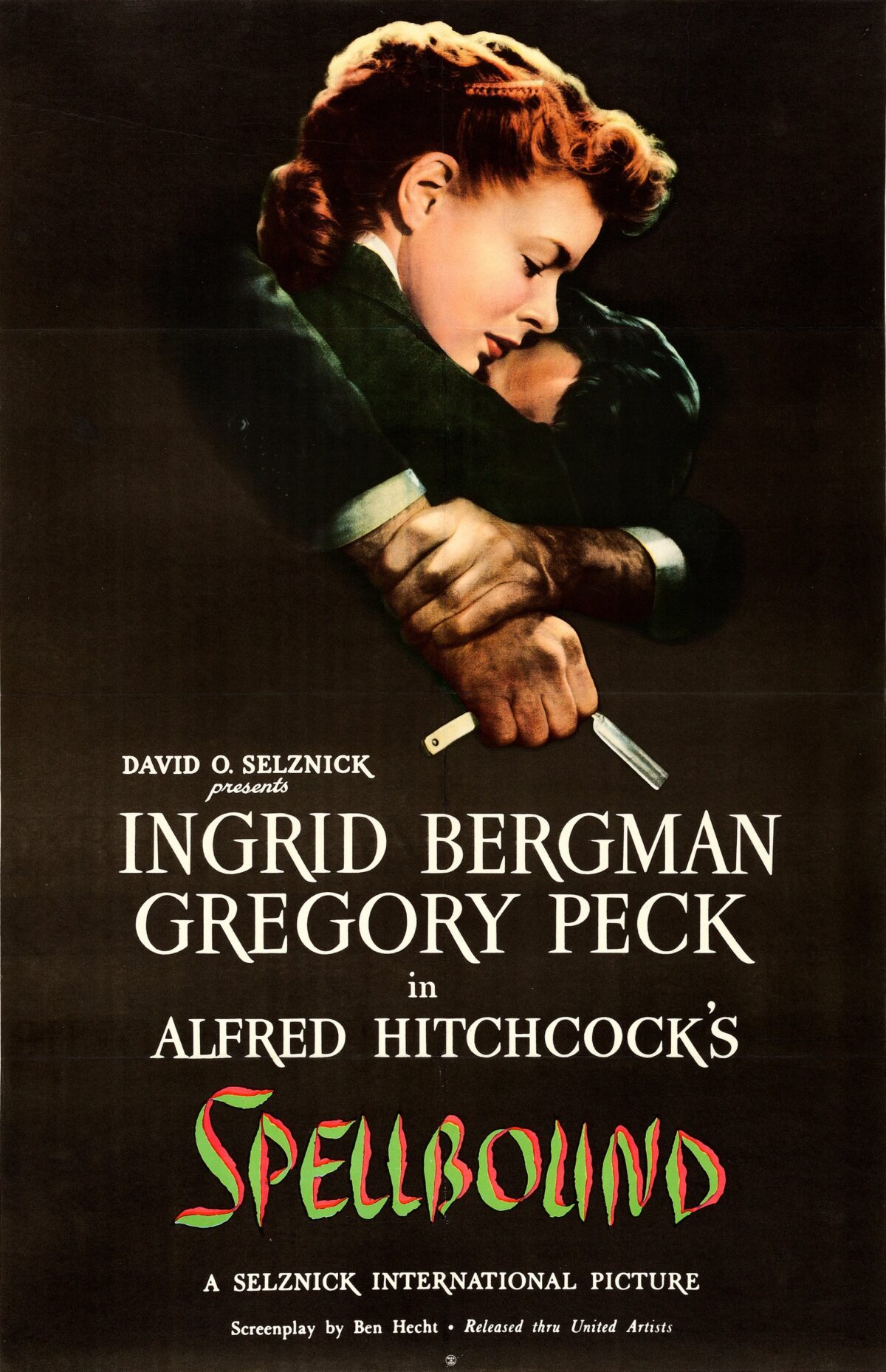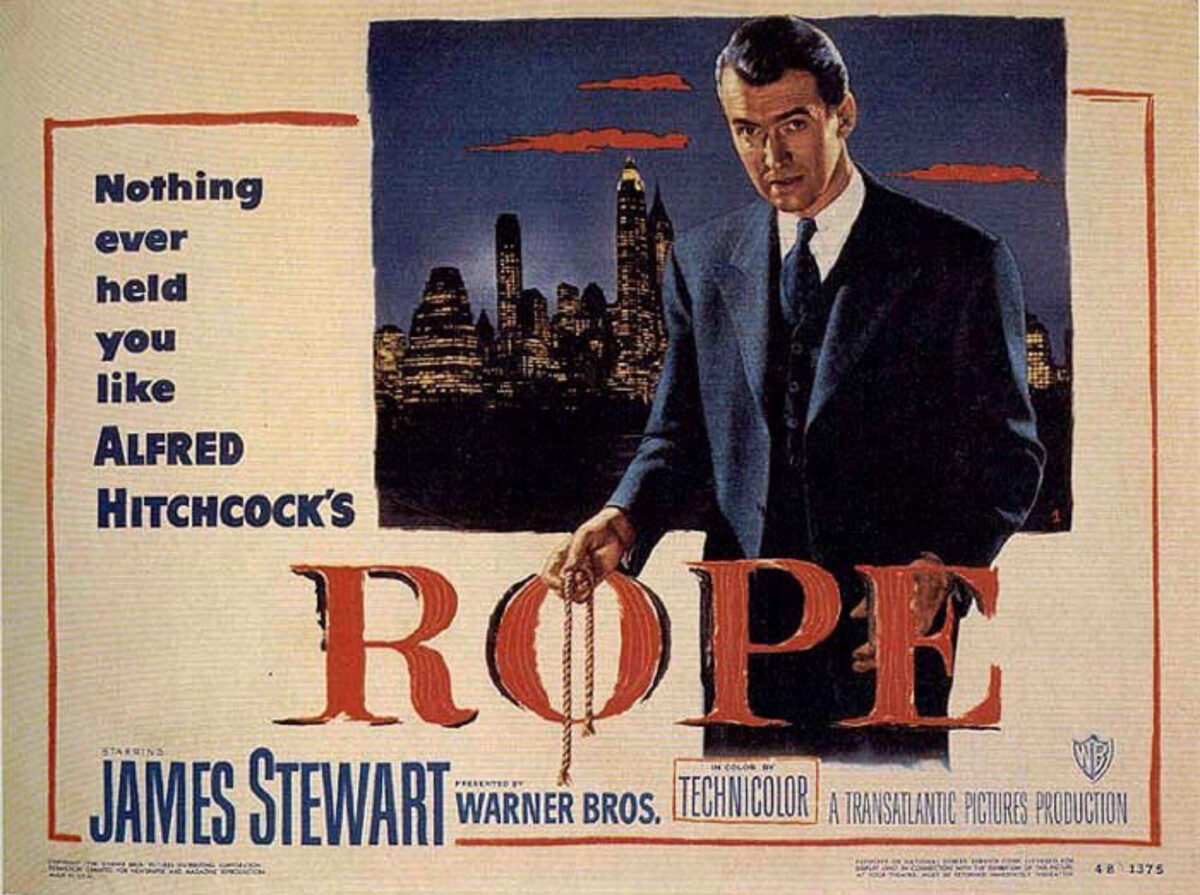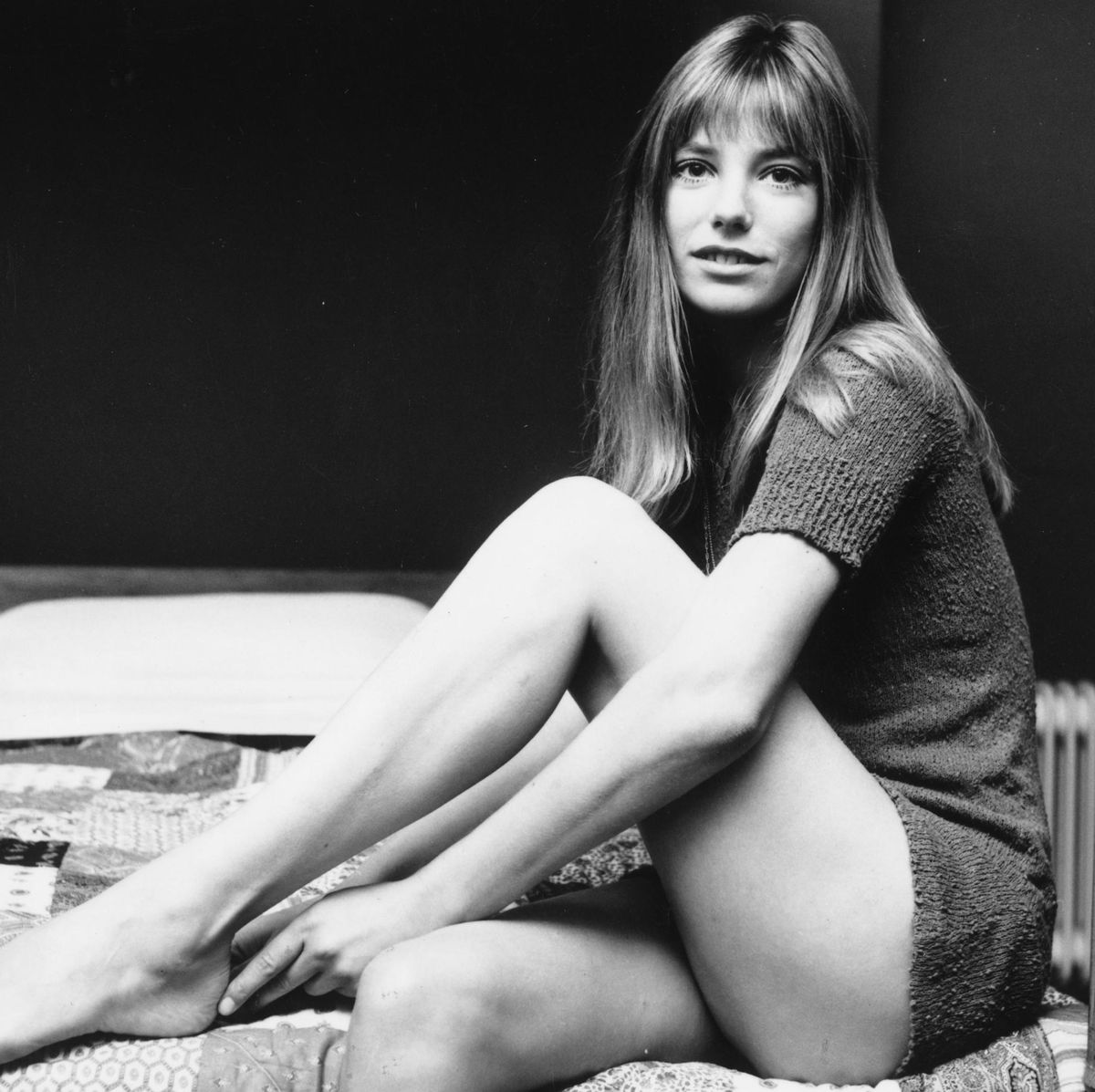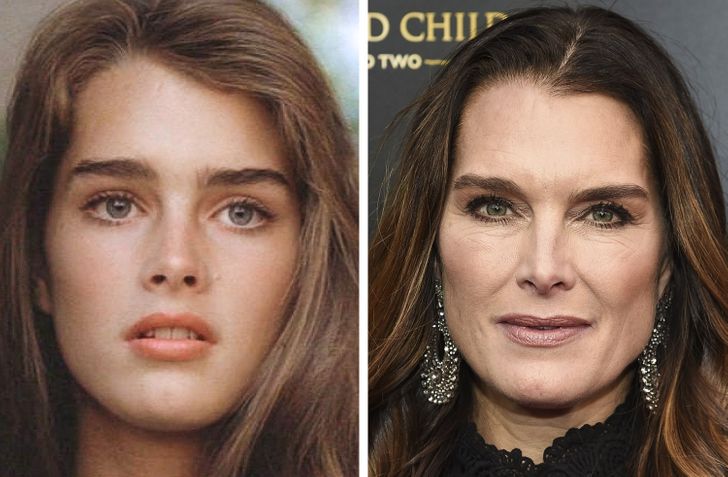Introduction:
Released in 1955, “To Catch a Thief” is a delightful marriage of thriller and romance, directed by the legendary Alfred Hitchcock. Set against the picturesque backdrop of the French Riviera, this cinematic gem captivates audiences with its gripping plot, sophisticated humor, and the irresistible chemistry between its stars, Cary Grant and Grace Kelly. In this extensive review, we will explore the film’s narrative intricacies, Hitchcock’s directorial finesse, the mesmerizing performances of the cast, and the enduring allure of “To Catch a Thief” as a timeless classic within the thriller and romance genres.
I. The Riviera Romance:
1.1 Spectacular Setting:
- “To Catch a Thief” unfolds against the glamorous and sun-kissed backdrop of the French Riviera.
- Hitchcock skillfully transforms the iconic locations into essential elements of the narrative, creating a visual feast for the audience.
1.2 The Côte d’Azur as a Character:
- The Mediterranean setting becomes a character in itself, shaping the film’s atmosphere and providing a canvas for romance and intrigue.
- Hitchcock’s attention to detail captures the Riviera’s allure, from the opulent villas to the winding coastal roads.
II. The Plot Unveiled:
2.1 John Robie (Cary Grant):
- Cary Grant takes on the role of John Robie, a retired cat burglar seeking to clear his name after a series of jewel thefts mirrors his infamous style.
- Grant’s charisma and charm infuse the character with sophistication, making Robie an enigmatic and captivating protagonist.
2.2 Frances Stevens (Grace Kelly):
- Grace Kelly, in her third collaboration with Hitchcock, portrays Frances Stevens, a wealthy heiress and potential target for the elusive thief.
- Kelly’s elegance and grace make Frances a perfect foil to Cary Grant’s character, creating an on-screen pairing that remains iconic.
III. Hitchcock’s Directorial Flourishes:
3.1 A Visual Feast:
- Hitchcock’s meticulous direction turns “To Catch a Thief” into a visual feast, with each frame meticulously composed.
- The director’s signature style, including inventive camera angles and fluid tracking shots, enhances the film’s elegance and suspense.
3.2 Subtle Humor:
- Hitchcock infuses the thriller with subtle humor, adding a layer of sophistication to the narrative.
- The banter between Grant and Kelly, coupled with clever visual gags, showcases the director’s ability to balance tension with levity.
IV. The Dynamic Duo: Cary Grant and Grace Kelly:
4.1 Cary Grant’s Charisma:
- Cary Grant’s portrayal of John Robie is a testament to his enduring star power.
- Grant effortlessly embodies the suave and debonair persona, creating a character that exudes charm while maintaining an air of mystery.
4.2 Grace Kelly’s Elegance:
- Grace Kelly’s performance as Frances Stevens elevates the film’s romantic and suspenseful elements.
- Kelly’s on-screen presence, coupled with her chemistry with Grant, contributes to the film’s timeless appeal.
V. The Jewel Heist: A Cinematic Highpoint:
5.1 Suspenseful Set Pieces:
- The film’s pivotal jewel heist sequences showcase Hitchcock’s ability to build suspense and deliver thrilling set pieces.
- The rooftop pursuit and the grand gala robbery become iconic moments that exemplify Hitchcock’s directorial brilliance.
5.2 The Art of Deception:
- “To Catch a Thief” explores themes of deception and redemption, with the heist scenes serving as the film’s crescendo.
- Hitchcock’s skillful use of misdirection keeps the audience guessing, creating a thrilling and satisfying climax.
VI. Cinematic Influences and Homages:
6.1 Homage to Hitchcock’s Legacy:
- “To Catch a Thief” pays homage to Hitchcock’s own cinematic legacy, referencing elements from his earlier works.
- The film’s nods to “Notorious” and “The 39 Steps” add a layer of intertextuality, inviting audiences to appreciate the director’s body of work.
6.2 Influence on Later Filmmakers:
- The film’s blend of romance and suspense has influenced subsequent filmmakers, with its impact evident in the caper and heist genres.
- Hitchcock’s innovative storytelling continues to inspire directors who seek to balance tension and romance in their narratives.
VII. The Hitchcockian MacGuffin:
7.1 The Stolen Jewels as MacGuffin:
- In classic Hitchcock fashion, the stolen jewels serve as the MacGuffin—an object that drives the plot but holds secondary importance.
- The true focus of the film lies in the character dynamics, romantic entanglements, and the pursuit of truth.
7.2 Hitchcock’s Signature Themes:
- “To Catch a Thief” explores Hitchcock’s recurring themes of mistaken identity, redemption, and the interplay between love and danger.
- The MacGuffin becomes a narrative device, allowing Hitchcock to delve into the complexities of his characters’ relationships.
VIII. Critical Acclaim and Awards:
8.1 Box Office Success:
- “To Catch a Thief” was a commercial success upon its release, captivating audiences with its blend of suspense, romance, and glamorous escapades.
- The film’s box office success solidified Hitchcock’s reputation as a master storyteller.
8.2 Academy Award Recognition:
- “To Catch a Thief” received three Academy Award nominations, including Best Art Direction, Best Costume Design, and a win for Robert Burks in the category of Best Cinematography (Color).
- The film’s technical achievements were recognized by the Academy, further underscoring its artistic merits.
IX. Cultural Impact and Legacy:
9.1 Fashion and Style Influence:
- The film’s glamorous portrayal of the French Riviera and the chic wardrobes worn by Grant and Kelly have left an enduring impact on fashion and style.
- “To Catch a Thief” is often cited as a source of inspiration for designers and fashion enthusiasts.
9.2 Enduring Popularity:
- The film’s enduring popularity is evident in its continued appeal to audiences of all generations.
- “To Catch a Thief” remains a staple in Hitchcock retrospectives, with its timeless charm and captivating narrative still drawing viewers today.
X. Conclusion: A Timeless Romance and Thriller
In conclusion, “To Catch a Thief” stands as a testament to Alfred Hitchcock’s ability to craft a cinematic experience that transcends genres. The film’s seamless blend of romance and thriller elements, coupled with the undeniable chemistry between Cary Grant and Grace Kelly, cements its status as a timeless classic. Hitchcock’s directorial finesse, the Riviera’s glamorous allure, and the film’s enduring cultural impact contribute to its legacy as a cinematic gem that continues to enchant audiences. As we revisit this captivating caper, we are reminded of Hitchcock’s unparalleled ability to create a world where suspense and romance coalesce, inviting us to savor the thrill of the chase amidst the breathtaking beauty of the French Riviera. “To Catch a Thief” remains a testament to the enduring magic of Hitchcock’s cinematic artistry.
